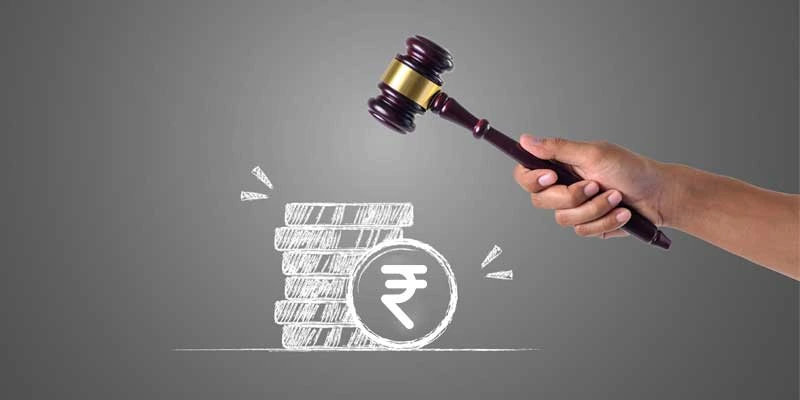Monetary policy refers to the policy of the central bank with regard to the use of monetary instruments under its control to achieve the goals like maintaining price stability while keeping in mind the objective of economic growth.
Relationship between Inflation & Monetary Policy
- If inflation rises beyond central bank’s desired range; then central banks tighten monetary policy by increasing interest rates to make borrowing costly. Reduction in borrowing helps in bringing down the inflation.
- If inflation falls and economic output declines, the central bank will lower interest rates and make borrowing cheaper, along with several other possible expansionary policy tools.
Instruments of Monetary Policy
There are several direct and indirect instruments that are used for implementing monetary policy.- Repo Rate: The (fixed) interest rate at which the Reserve Bank provides overnight liquidity to banks. In simple language it is the rate at which the commercial banks borrow from central Bank.
- Reverse Repo Rate: The (fixed) interest rate at which the Reserve Bank absorbs liquidity, on an overnight basis, from banks. In simple language, it is the rate at which the Central bank borrows from commercial Banks to reduce excess liquidity in the system.
- Cash Reserve Ratio (CRR): It is the amount of funds that banks have to maintain with the Reserve Bank of India (RBI) at all times. If the central bank decides to increase the CRR, the amount available with the banks for disbursal comes down. The RBI uses the CRR to drain out excessive money from the system.
Current Policy Rates in India are as below
- Policy Repo Rate : 6.50%
- Reverse Repo Rate : 3.35%
- Marginal Standing Facility Rate : 6.75%
- Bank Rate : 6.75%
- CRR : 4.00%
- SLR : 20.75%

